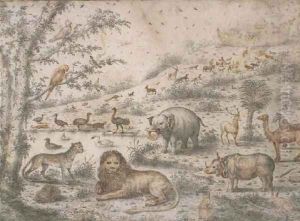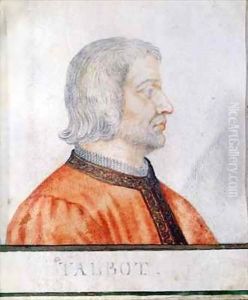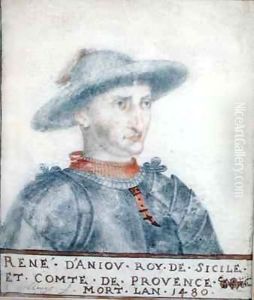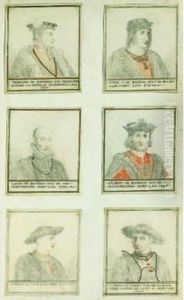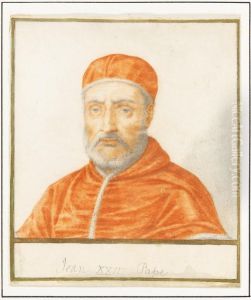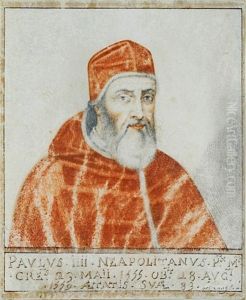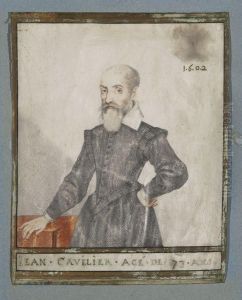Thierry Bellange Paintings
Thierry Bellange, born in 1575 in the Duchy of Lorraine (now part of France), was a prolific artist of the late Renaissance period. Although not as universally recognized as some of his contemporaries, Bellange's work holds a significant place in the history of European art, particularly for his contributions to printmaking and drawing. His life and career are indicative of the artistic vibrancy found in the Lorraine region during the late 16th and early 17th centuries, a time when this area was a melting pot of French and Northern European artistic influences.
Bellange's early life is somewhat obscure, but it is known that he was active in the court of the Duke of Lorraine, where he likely received his artistic training and initial commissions. This courtly association helped to shape his artistic style, which blended the Mannerist tendencies of elongated figures and complex compositions with a distinctively ornate and sometimes fantastical quality. His works often depicted religious scenes, mythological figures, and courtly life, imbued with a sense of elegance and dramatic expressiveness.
Throughout his career, Bellange focused primarily on printmaking, particularly etching, which allowed him to achieve a high level of detail and subtlety in his designs. His prints are characterized by their intricate line work and dynamic compositions, showcasing his skill in creating visually compelling narratives within a single frame. Despite his considerable output and the artistic merit of his work, Bellange did not achieve widespread fame during his lifetime, and his contributions to art were somewhat overshadowed by the dominant figures of the Baroque period that followed closely on the heels of his career.
Bellange's death in 1628 marked the end of an era for the Lorraine region's artistic community, which would soon be engulfed by the Thirty Years' War and its aftermath. Nevertheless, his legacy lived on through his influential prints, which continued to be admired and studied by artists and collectors in the centuries that followed. Today, Thierry Bellange is recognized as a key figure in the transition from the Renaissance to the Baroque period in French art, offering valuable insights into the stylistic evolutions and cultural contexts of his time.
